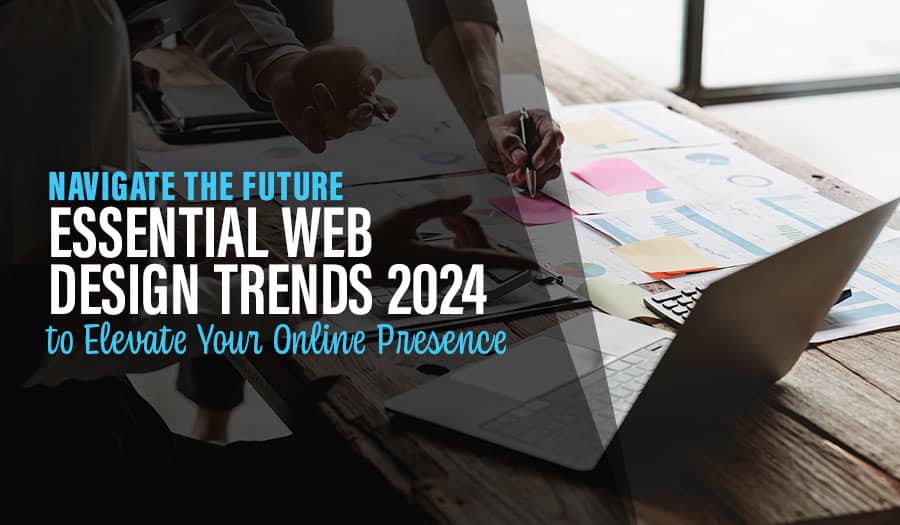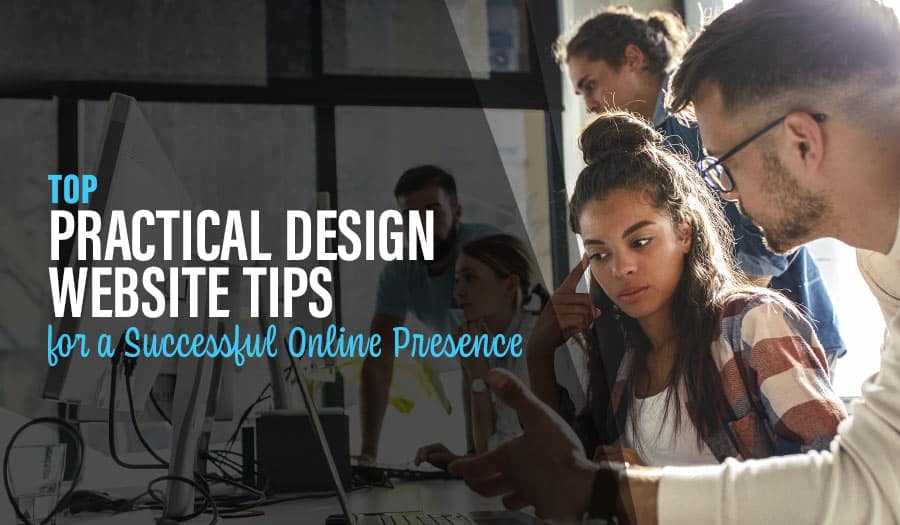User Experience, or UX, is every aspect of every interaction that an end-user has with a company and its services, systems and products.
While the field of user experience has existed for several centuries, in today’s day and age UX and its design of it mainly refer to websites and software applications. In other words, the user experience is a compilation of every time a user has interacted with a company’s website or smartphone and tablet application.
The user experience can be positive, negative or somewhere in between based on how well designed the website or application is. The user experience can be negative if a website has lots of advertisements, little valuable information, is frustrating to look at because of poor design or a number of other reasons. The user experience can be positive if a website is easy to navigate through, has useful content, creates leads for future user interaction, and a long list of additional reasons.
No website or application is perfect and few are totally malicious, and so they fall somewhere along the spectrum of positive and negative. However, the hard and fast rule is that if a website or application serves both the needs of the organisation and user, it has a mainly positive user experience. If it serves neither the needs of the organisation nor the user, it has a mainly negative user experience.
What is Website UX and how it effects your Business Web Design SEO
So how does UX in business web design work?
There is a step-by-step process that designers follow, but before they do that they need to know their goal. And user experience designers always have the same goal: Understand the user’s needs, understand the organisation’s needs, and then creatively design an experience that will meet both entities’ needs. In order to accomplish this goal, user experience designers follow a simple, four-step process:
- Information Collection:
To best design a positive UX, you need to do some qualitative research and information gathering. You need to know the company inside and out. You need to know the major players in the company on a personal level. You need to know the company’s product or service like it’s the back of your hand. But not only do you need to understand the organisation that you are designing for, you also need to understand the users the experience will be serving. This might include in-person interviews with users or it could be gathering client demographics and then researching the psychology of those demographics. - Design Preparation:
This step in the process is all about combining the research and information to get a clear image. What you are looking for is the personas, or composite archetype, of the users–there might be one or there might be multiple. The persona that is developed describes how the user thinks and behaves, what they want and why they do all of this. This helps you to understand the users’ goals and then, in turn, better serve them by improving the UX. - Design:
Whether using whiteboard or paper prototypes, you design the interaction framework or wireframes. You sketch out screen layouts, product flow and organisation, and the visual language and style. The entire design is based around the “sweet spot”, or the place where both user needs are met and needs are met. It is then handed off to web developers to be translated into pixel format. - Test And Iterate:
Testing is done on prototypes, problems are fixed, tested again and then released.
Why should you be interested in the UX in your business web design?
One of the main reasons is that it keeps users happy and it brings new users in. It is no secret that a better experience on a website or with an application will encourage users to return. What is unknown to many small businesses is that Google uses the quality of content on a website and the user experience in their web design SEO rankings.
Another major benefit of optimising your user experience is to gain the benefit of organic sharing. With increased quality content and an improved user experience, users are significantly more likely to share information from or about your organisation with their network–this type of word-of-mouth advertising is unbeatable because it is the most trusted kind.
If you would like to better your chances online, here are some steps you can take:
- Do usability testing. Recruit some friends or strangers to test out all of the possible actions on the website. See what they think and take notes.
- See how many users are converted. This might mean the number of people who visit your website and purchase an item, or it might mean the number of people who download content from your website and return for more.
- Get user feedback on the website itself.
- Consider getting a heat map tool to observe how users interact with your site. It will show you where they click most, which can help you identify problems and make improvements.
- Hire professionals to help you. User experience design is now becoming a necessity for every business if they want to keep up with the competition. Unfortunately, it is a field that requires skill and niche knowledge.
To make sure you create a user experience that hits the “sweet spot”, work with the best contact, Pixel Fish.
Pixel Fish, a Sydney digital agency specialising in digital marketing and web design, builds top-notch websites for their clients. And when they do, they always use DIVI theme framework by Elegant Themes. Pixel Fish has embraced DIVI because it helps them to produce high-quality UX websites and create a seamless user experience.
To find out if a DIVI website could just want you to need, reach out to Pixel Fish today.
Read More
Which Web Design Trends Are Right for Your Business?
Value vs Price: It is never about the price
7 Devastating eCommerce Web Design Mistakes to Avoid
5 Ways to Ask Your Customers to Leave a Positive Business Review
5 Reasons Why Your Business Should Hire an Inbound Marketing Agency



